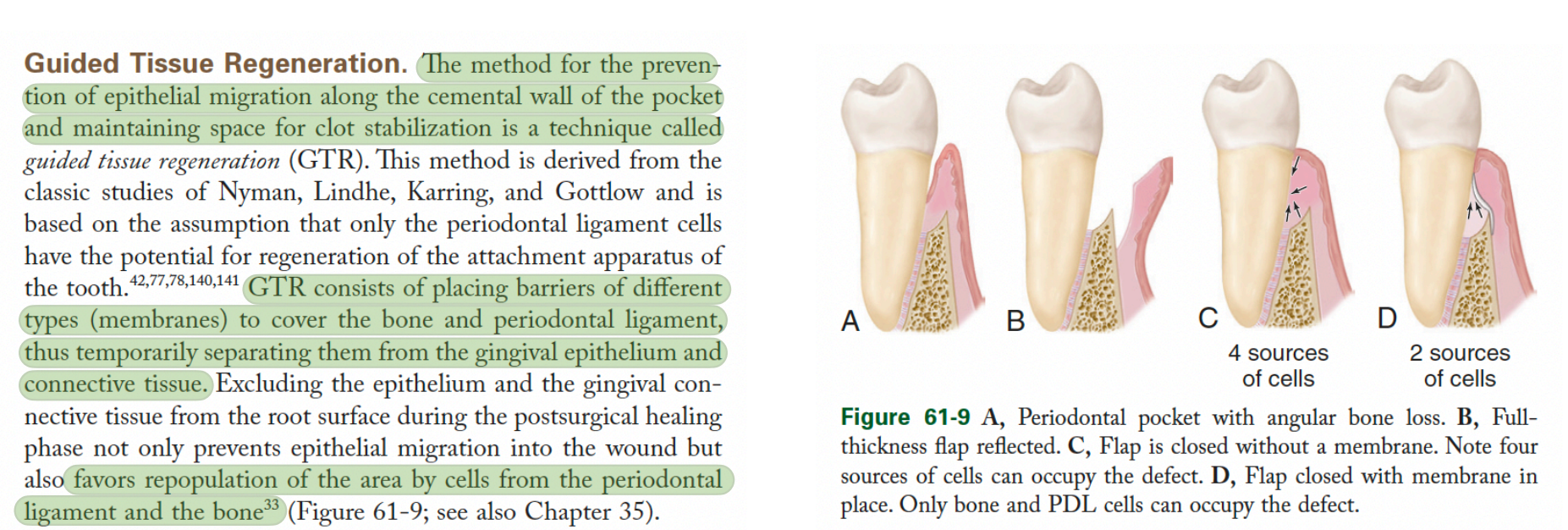#Patho
1- Which of the following statements regarding primary
syphilis is true?
◯ A. The majority of cases of primary syphilis are seen in the
oral cavity.◯ B.Oral lesions are most commonly seen on the lateral border
of the tongue.◯ C. The oral lesions are papular and painful with an area of
central ulceration.◯ D. Syphilis is caused by a spirochete
◯ E. All of the above.
1- Which of the following statements regarding primary
◯ A. The majority of cases of primary syphilis are seen in the
◯ E. All of the above.
#Patho
2- A young patient attends the clinic for dental cleaning.
The patient reports recent weight loss and night
sweats. Intraoral examination reveals white lesions on
the oral mucosa that reveal an erythematous base
when wiped off. Which of the following would you
suspect?◯ A. Crohn's disease.
◯ B. Addison disease.
◯ C. Hyperparathyroidism.
◯ D. C. Difficile infection.
◯ E. HIV/AIDS.
2- A young patient attends the clinic for dental cleaning.
#Patho
3- Which of the following statements is false?
◯A. Down's syndrome is associated with macrodontia.
◯ B. Maxillary lateral incisors are most frequently
associated with microdontia.
◯ C. Microdontia may be seen in third molars.
◯ D. Macrodontia may be associated with gigantism.
3- Which of the following statements is false?
#Perio
4- A patient presents to the clinic complaining of a
"loose" tooth. Clinical examination reveals that tooth 1.1
has 1 mm mobility in the buccal and lingual directions
and is depressible in the socket by 0.5 mm. What is the
mobility of tooth 1.1?◯ A. Normal mobility.
◯ B. Grade I mobility.
◯ C. Grade Il mobility.
◯ D. Grade III mobility.
4- A patient presents to the clinic complaining of a
#Perio
5- Which of the following is the most important considerationwhen performing guided tissue regeneration?
◯A. Placing a bone graft in the bony defect..
◯ B. Using a membrane.
◯ C. Making sure the entire flap is in intimate contact
with the root surface.
◯ D. Performing soft tissue curettage.
5- Which of the following is the most important consideration
◯A. Placing a bone graft in the bony defect..

Join our AFK Weekly newsletter
Solving questions is really important, but solving exam grade questions with true and authenticated answers is critical.
Will post a question everyday, then at the week end will do a video to explain the correct answers and the concept of each questions, signup now to get weekly updates.
Will post a question everyday, then at the week end will do a video to explain the correct answers and the concept of each questions, signup now to get weekly updates.
Thank you!
